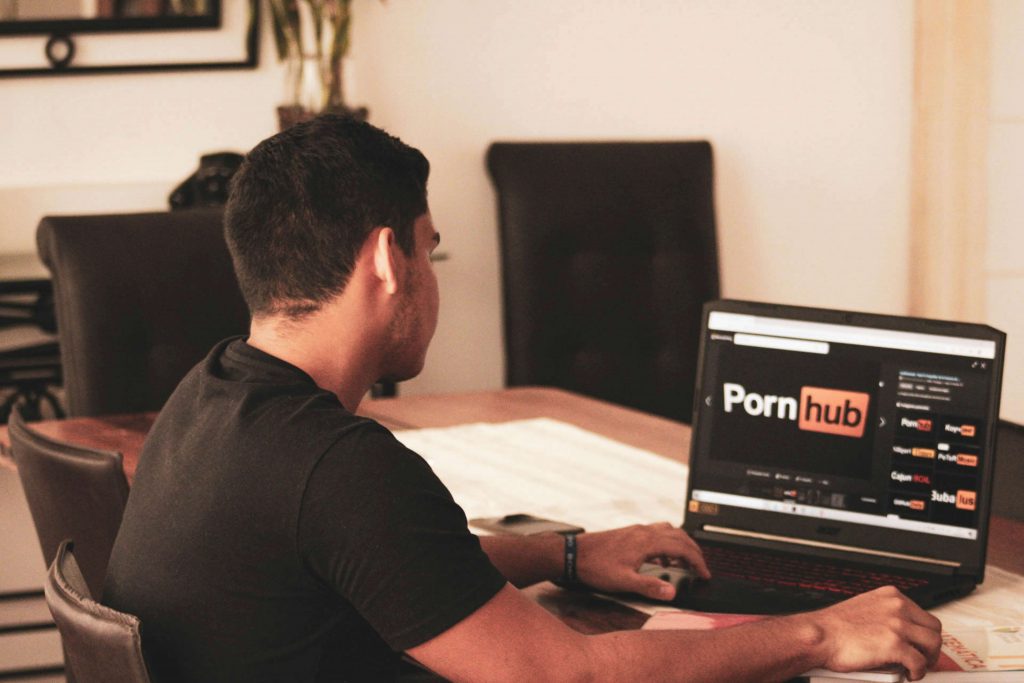
The dangers associated with pornography are multifaceted and can exert a significant impact on individuals and society as a whole. One concerning aspect is how prolonged exposure to explicit content can rewire the brain’s reward system. It creates desensitization, leading users to seek increasingly explicit material to achieve the same level of satisfaction, which can result in an addiction-like cycle. This addiction, often labeled as “pornography addiction,” is extremely challenging to overcome and may lead to severe consequences. It not only consumes an individual’s time and focus but can also undermine personal relationships, as the quest for explicit content can become all-consuming. Porn addiction can be isolating and lead to feelings of guilt, shame, and a distorted perception of intimacy. The implications can extend to mental health issues such as anxiety, depression, and a skewed view of real-life relationships. Overall, the dangers of pornography underscore the important need for comprehensive education on the dangers associated with its use. In this blog post, we invite you to join us for No Porn November.
In honor of “No Porn November,” we chatted with Emily Christensen—Troomi mom and coach for women raising families in a world filled with pornography—for tips on talking to kids about pornography. What do we say? How do we say it? What do we do when our kids see pornography?
Here are some of her top tips:
- Make sure your children—both young and old—understand what pornography is, where it can be found, and what to do when they see it. It’s important to distinguish that not all nakedness is pornographic, like what’s found in a health textbook or an art museum. Nakedness meant to educate or inspire is not pornographic; nakedness meant to arouse is pornographic. During this discussion, you can engage your kids by asking them for examples of each to gauge their understanding.
- Instead of avoiding conversations about pornography with younger children, simply use age-appropriate explanations. For younger children, a simple definition of pornography could be: “an image or video of a person without their clothes on, including the area a swimsuit covers.”
- Whenever you talk about pornography with your kids, be sure to use your “everything is okay” tone of voice. When you use your more serious tone of voice, you may spark fear in your children about pornography. This may surprise you, but you don’t want your kids to be afraid of pornography or what may happen to them if they see it; you want your kids to be aware of it and feel prepared if they see it. Kids who are aware and prepared can respond to pornography in a healthier way!
- Finally, Have an action plan for your kids if they encounter pornography, whether at home or away. In Emily’s house, their rule is to put down or turn off the device and tell mom, dad, or a trusted adult. But when the kids aren’t at home, try having a family “code word” to call or text when your kids are in an uncomfortable situation and want to leave. It could be “mom, my stomach really hurts” or “I forgot about my homework assignment.”
In conclusion, the multifaceted dangers associated with pornography underscore the critical need for awareness and education about its potential risks. The rewiring of the brain’s reward system, the potential for addiction, and the adverse impacts on personal relationships and mental health are serious concerns that should not be underestimated. It is imperative that we foster a culture of understanding, open dialogue, and support to help individuals recognize and address the dangers of pornography, ultimately promoting healthier, more fulfilling lives without its consumption. Troomi Wireless further prioritizes this cause by providing comprehensive safeguards, including a complete lack of internet access, strict contact safelisting, and remote parental monitoring, ensuring that children remain protected from the harmful influence of pornography.
Please click here to learn more about how Troomi protects kids.
